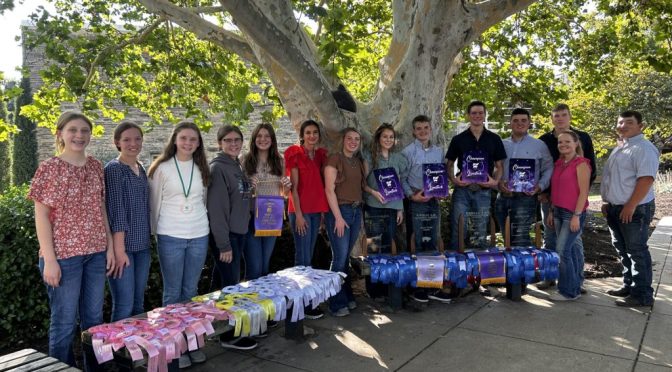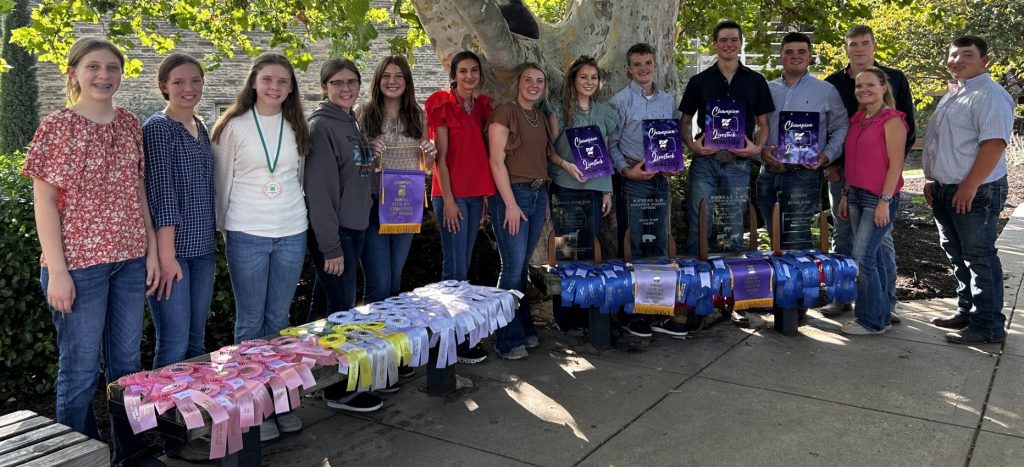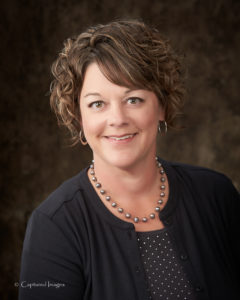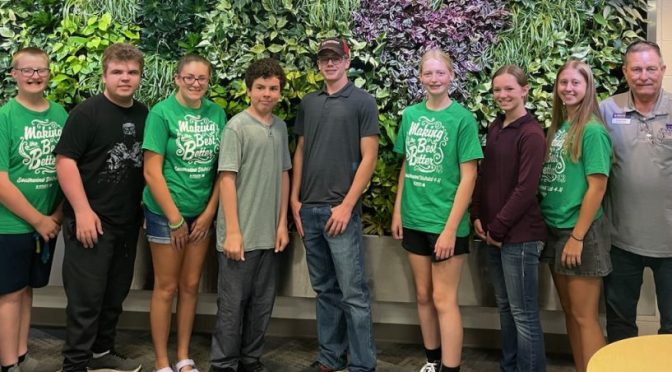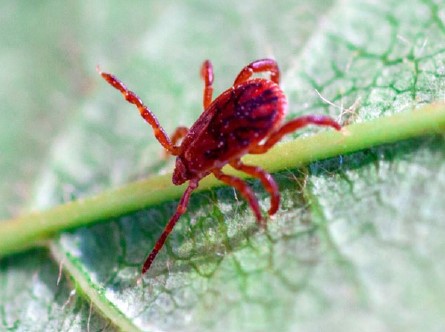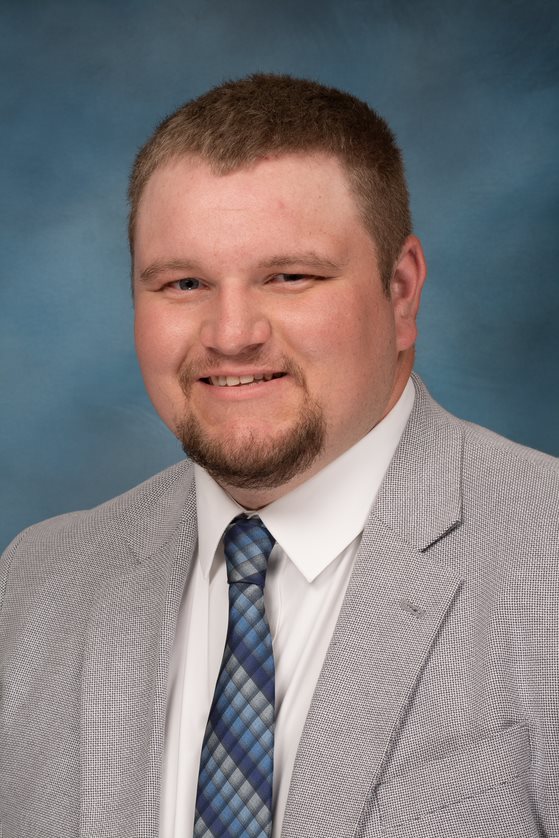
District Extension Agent, Crop production and Forage Management
Southwind District
210 S. National
Fort Scott, Kansas 66701
Office: 620-223-3720
Cell: 308-991-8415
[email protected]
Sericea Lespedeza is labeled as a noxious weed by the state of Kansas. This means
landowners are required by law to control the weed. In the Southwind District, landowners and
producers continue to fight this weed on rangeland, pasture, and small acreages. There are
multiple herbicides and cultural practices that can help control sericea, but proper timing is
very important. Our district has experienced below average rainfall most of the summer, and
producers that usually target sericea in June with Tricoplyr likely weren’t able to make their
applications, or their applications may not have been effective. August and September offer a
second chance at controlling this tough weed.
The month of August, and into early September offer a great chance at controlling
sericea while it is actively blooming. Targeting the plant while it blooms not only kills the top
growth of the weed, but it also prevents the plants from producing a viable seed.
As many landowners have figured out, sericea is a prolific seed producer. A single stem
can produce upwards of 1500 seeds, equating to over 300 pounds of seed per acre in pure
stands of sericea. With this many seeds being added to the soil’s seedbank, killing off existing
plants will only provide space for new seeds to germinate, so keeping this plant from producing
seed is vital in achieving good control and eradicating the weed species.
Herbicides containing metsulfuron are recommended while sericea is blooming.
Recommended rates for broadcast spraying commonly found herbicides are: 0.5 oz/acre Escort
XP, 0.625 oz/acre Cimarron Plus, and 2.5 to 3 oz/acre Chaparral. All herbicides containing
metsulfuron should be mixe with a non-ionic surfactant (NIS).
For producers looking to spot spray sericea, a tank mix of Escort + a NIS can achieve
good control: 1.0 oz Escort + 1 qt NIS in 100 gal water, or 5 grams Escort + 1.5 floz NIS in 5 gal
water. Adding .5 fl oz PastureGard HL per gallon tank mix can increase control.
Burning sericea lespedeza in the fall is gaining interest across the state. Where herbicide
applications can cost upwards of $20 per acre, burning pastures can cost around $0.20 per acre.
Burning sericea while it is blooming or developing its seed in late-August to mid-September can
remove top growth, and prevent the plant from producing a viable seed.
Burning sericea can be a challenge for producers. In the Southwind district, tall fescue is
the dominant species, and is actively growing in August and September. It is often stockpiled
for late fall and winter grazing. In these situations, burning is not recommended.
Burning is recommended in non-ag situations, native pastures, and in pure stands of
sericea. If properly done, patches of pure stands of sericea can be burned in fescue pastures,
but the risk of the fire spreading is always there.
Burning also will cause scarification on the existing sericea seeds in the soil and cause
them to germinate, often appearing to make the situation worse.
While you are not able to prevent the new germination of sericea plants, you can use
this opportunity to kill the new, weak plants. Waiting 4 weeks after burning, you can go back to
the area and spray the new growth with herbicides containing Trycoplyr. A popular choice is
Remedy Ultra. Remedy Ultra can be broadcast sprayed at 1.5 pint/ acre, or spot sprayed at a 1
% solution vol/vol (1 gal of Remedy ultra/100gal water, or 6.5 fl oz in 5 gal of water).
Many landowners prefer to mow sericea. Repeated mowing can prevent the spread of
sericea and weaken the stand, but it will not likely kill the plants completely.
Mowing in the fall can follow the same ideas as burning. Mowing while the sericea is
blooming can prevent a viable seed from being produced. The new growth can then be sprayed
with Tricoplyr at the same rates mentioned above.
Producers have several options to try and control Sericea Lespedeza. Often times
greater percent control can be achieved by using more than one control method. For more
recommendations contact Chad Guthrie, Crop Production and Forage Management Agent, or
Hunter Nickell, Livestock Production Agent, at any Southwind Extension District Office. Office
Locations in Erie, Fort Scott, Iola, and Yates Center.

